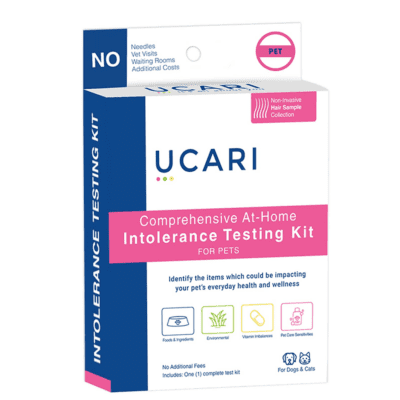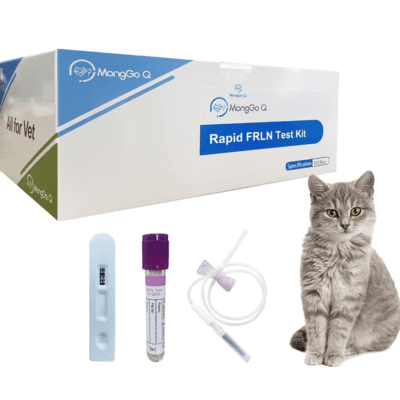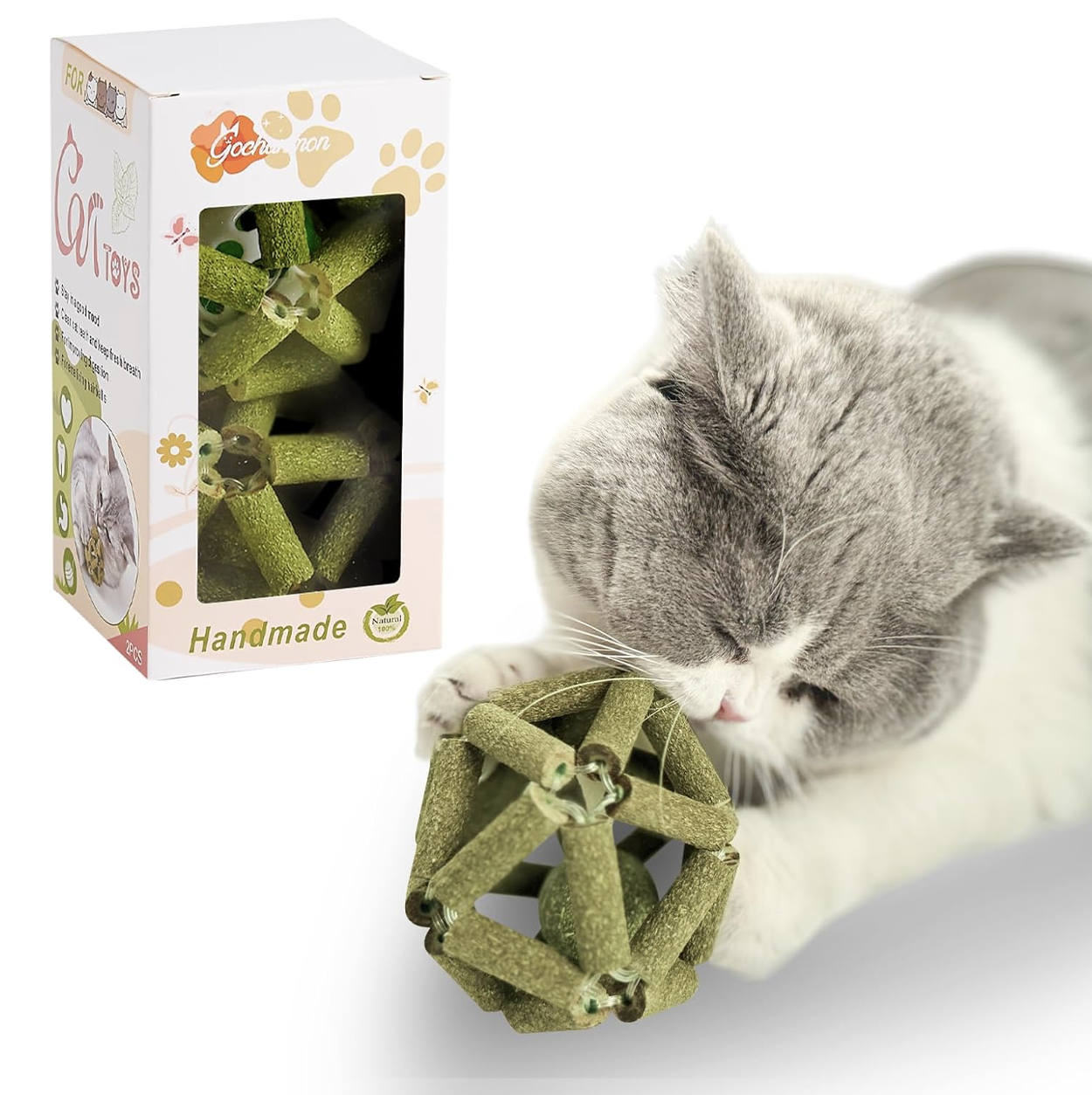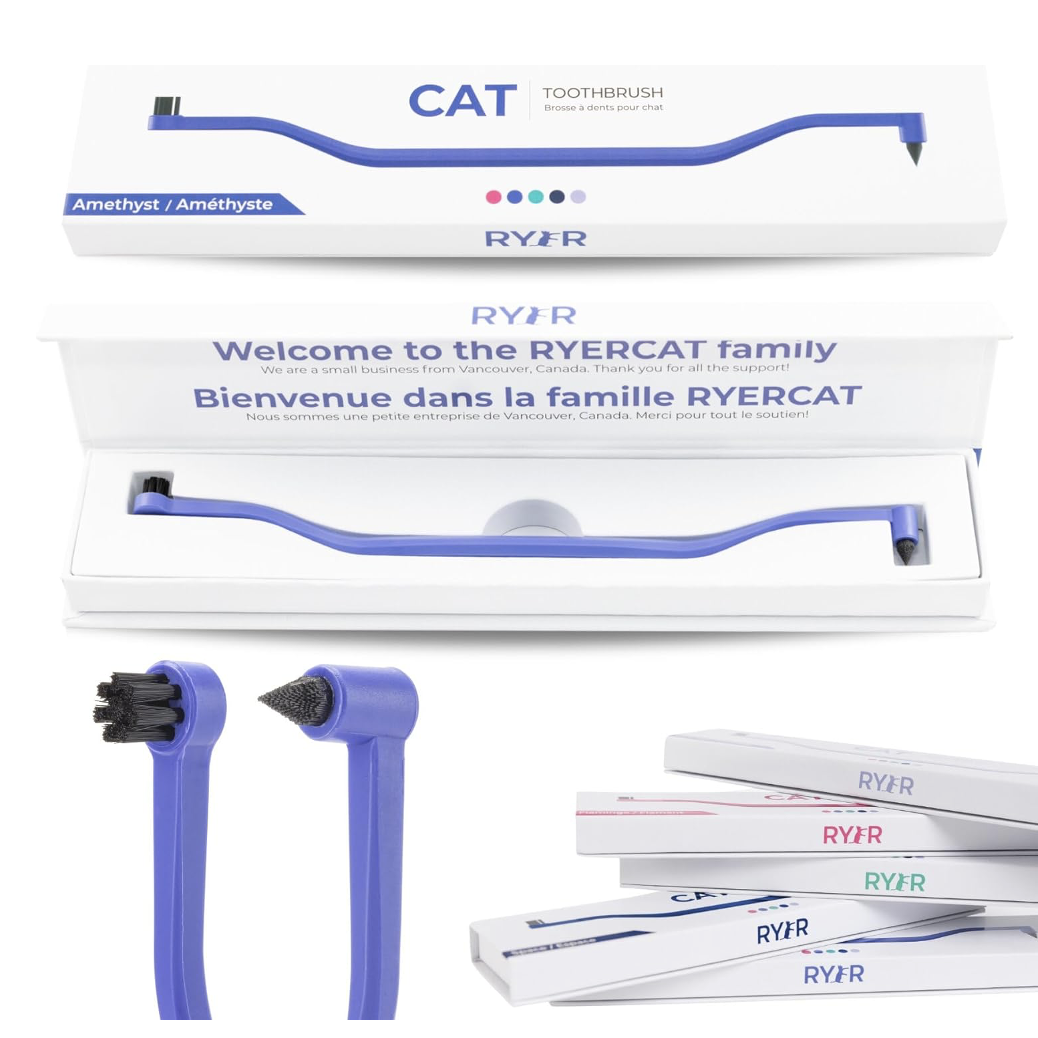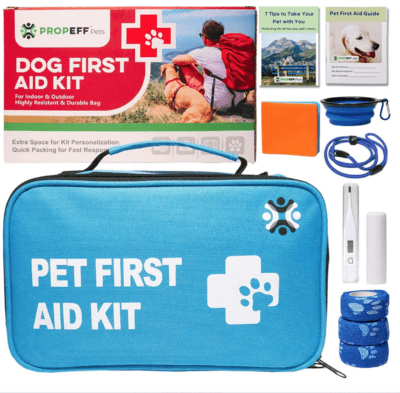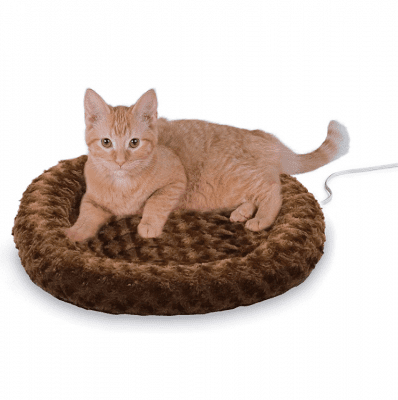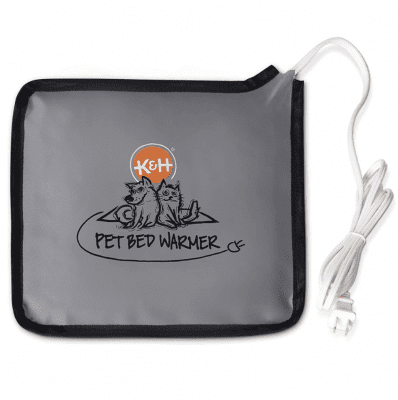
Cat Wellness and Care Supply Shop
Preparing and Caring For Felines!
Online Cat Wellness Shop: A place to help cat owners prevent, treat and care for feline companions.
Welcome to our Cat and Kitten Wellness supplies to find everything you need to help prevent, treat and care for injured, sick and ailing pets. Being prepared is the key when traveling, spending time outdoors or even at home. Pick up a great pet first aid kit, thermometer and a good pet first aid book. Putting together a pet care gift basket is a wonderful idea for new pet owners, breeders or to comfort a pet-lover who is caring for a pet.
SCROLL TO EXPLORE THE SHOP
(click to learn more)
Cat Care Books
Cat care begins with educating yourself as much as possible from kitten rearing to elderly cat care-giving methods, next you will want to find the right veterinary clinic in your area if you don’t have one and lastly listen to your pet, like humans, care looks different for each of us. Use your gut and if you feel something is wrong, make an appointment or head to the emergency care clinic in your area. Here are a few books that are a great addition to your library.
Cat DNA Tests
Technology is amazing and it extends to the latest in cat DNA tests which are amazing at detecting your cat’s breed, medical history and other facts about your kitty you might not know. Knowing your cat’s DNA is never a requirement, but it will give you peach of mind and help you and your veterinary care better for your furry friend.
Cat Home Health Tests
Pet care done at home should never replace the care you get from your local veterinarian, but it is much better than forgoing pet care due to proximity to pet care, budget or a persnickety kitty that just won’t allow pet care in their life. Here are some of the latest in pet home test kits that will give you peach of mind and you safely care for cats at home.
Cat Lotions and Balms
Cat Hairball Care Supplies
Cat Oral Care
Neonatal Kitten Care
Newborn or abandoned kittens should be bottle-fed using kitten milk replacer (or KMR), which comes in either liquid or powder form. You do not want to use cow’s milk or other human milk options when caring for kittens under 6 weeks old.
Pet Thermometers
Pet experts and veterinarians maintain that a normal temperature for both dog and cats ranges from between 101.0 to 102.5°F (38.3 to 39.2°C). It is always a good idea to know your pet’s baseline temperature on a “normal” day and save it in your phone or jot it down in your pet journal. A normal pet temperature falls into what would be considered a fever for humans, so knowing this fact on the front end will save a bit of worry. If your pet’s temperature rises above 104°F (40.0°C) or falls below 99°F (37.2°C), there is cause for concern and we recommend calling your veterinarian immediately. For more information on Pet Temps and Care check out this great article.
Pet First Aid Kits
Keep a pet first aid kit at home, in the camper and in the car to always be prepared when you travel or to help another’s pet who is in distress.
Pet Heating and Cooling Mats
When your pet is feeling the heat, provide them with the tools they need to help them cool themselves down or warm themselves up.
Pet Bandages
You never know when your pet might need a little wrap, toss a roll into the backpack before a hike, keep a few in your first aid kit or add them to a care package for pet-loving hikers.
Pet Medical Gadgets & Helpers
We wanted to make it a bit easier to do as you are told when asked to bring in a sample of your pet’s solid waste. Here are a few helpful products.
Pet Healing and Protective Apparel
If the vet recommends protecting the wound site, try one of these cleverly designed pet body socks that will ‘hide’ the wound from your pet. Available for every breed and dog size to meet your needs. Here are a few options that will hide surgery spots on the belly, back, head and legs.
Cat Diapers
It is a part of every pet’s life, getting older. Here are a few products we trust will help things around the home.
Cat Potty and Accident Pads

CHOOSE WHERE YOU WANT TO GO NEXT!
OR GET TO KNOW US BETTER













